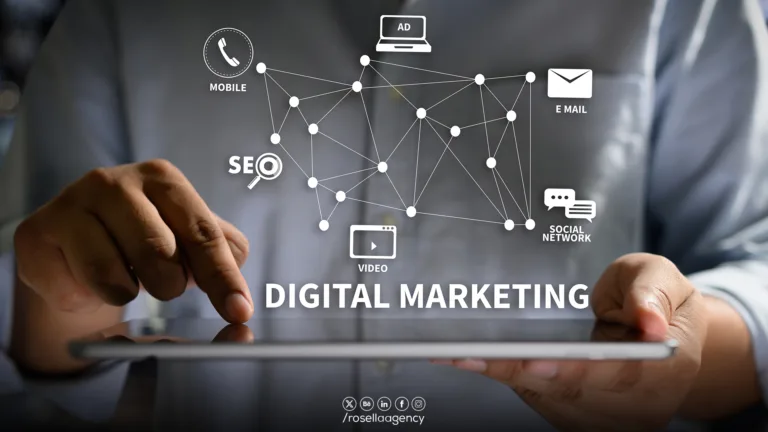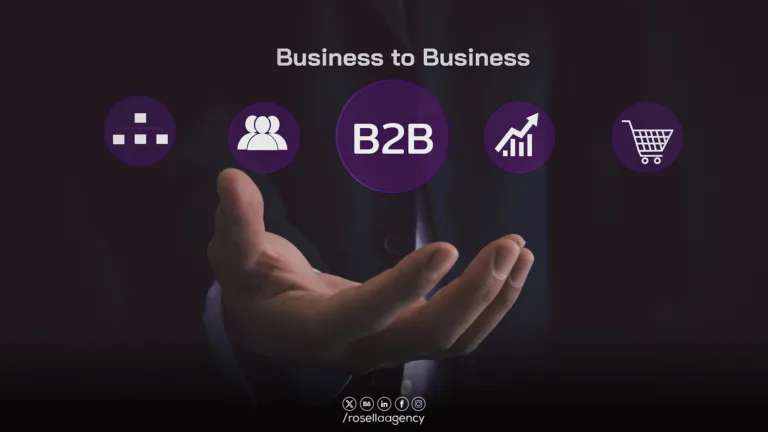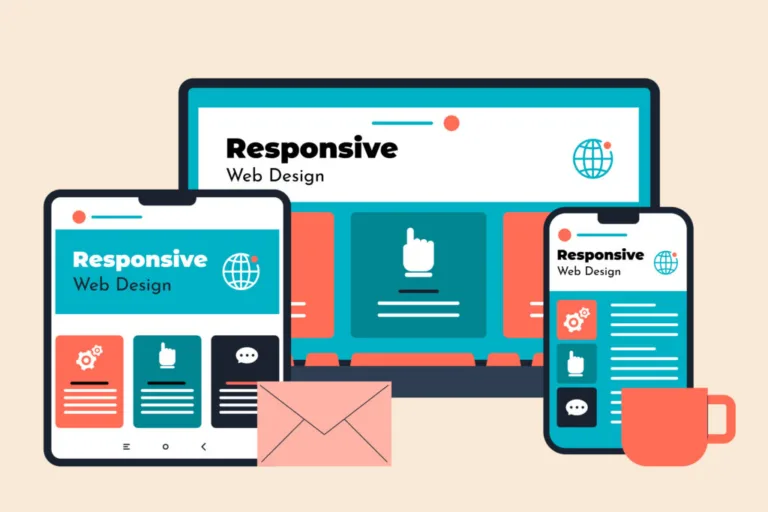What is Rebranding in Marketing and Strategy?
You’re no longer hearing about some very remarkable companies that you’ve witnessed their glory and their huge market share. A lot of companies in the market couldn’t resist their business setbacks and descents, just with the same rapidity as the technological curve’s ascendance, due to the rapid changes in market needs and audience taste, and the rapid technological changes.
They weren’t ready for it, they didn’t have a proper team, or they didn’t have enough flexibility to survive. You also might have heard of the companies that survived these rabid changes, and could surf the wave of the technological market’s needs. These businesses have either partially or completely rebranded.
Fortunately, rebranding is common; many major brands, ranging from Dunkin’ Donuts to Uber, have successfully rebranded in the past.

What is rebranding in marketing?
It’s the process of changing the identity of an organization; the marketing strategy, the mission, vision and values of the company; the visual identity, designs, log, sometimes even the target audience and target markets.
Why do we need to rebrand a company?
There are some cases and specific situations when a company needs to make a rebranding effort. Include the cases below when rebranding is a necessity:
When you’ve grown out of your initial mission
It happens when you start a business with one main goal and then find it growing for another. Just like AirBnB, it evolved from a company that provided budget travelers with a spare couch to sleep on to one that provides travelers with beachfront homes. It would have been a waste of a huge market opportunity if they did not rebrand and offer what the majority of the audience requests.
So, whenever you’re receiving requests for a specific type of service that’s a bit away from your main services but that’s what the audience actually requires, then it’s time for rebranding.
When your brand needs to stay relevant
We’ve seen some brands of candy, gum, chocolate, ice-cream, and potato chips totally change their packaging, they do so regularly and periodically according to the audience’s tastes. Sometimes it’s only about the packaging and colors, and other times it’s a 100% rebranding that covers the logo, marketing strategy, audience, markets, and visual identity.
When you need to reach a different audience
In the glory days of MTV, I was a kid and on my way to becoming a teenager. I’ve grown up to be over forty years old, while they’re still targeting the new generation of teenagers with different tastes in music, colors, content tone, and visual identity.
This is also a sort of rebranding, only they didn’t adapt to be on the same wave as the teenagers who watched them at their beginning, they actually rebranded to be on the new waves of teenagers.
You may also notice that the logo, musical intros, and choice of sound tracks, if you may say so, changed from simple to exposed and colorful, then drove back to simple again.
When a company buys another
Like Facebook buying Instagram. Too many updates have happened to Instagram since then, and when it comes to the logo, it changed to a more simple and flat design to be on the same line with the rest of the Meta icons.
Merging
Like what happened with United Airlines and Continental Airlines (after merging, they kept the company name of United Airlines along with the logo of Continental Airlines).
When a company has acquired the wrong image
Burberry is a fashion brand that has a unique style that tends to be quirky. But unfortunately, they were surprised that they became the favorite fashion style in poor neighborhoods. There is no shame in becoming a fashion brand that targets poor neighborhoods, but that wasn’t their target. Since they’ve realized they’re off track, they’ve changed their fashion styles and become more relevant to their target audience.
How to rebrand your company?
Before you start a rebrand, you need to do 5s:
- Reanalyze your company’s mission and values
Sometimes you set some values and rules, and later on you find them unrealistic, irrelevant, or hard to reach. Be more ambitious or light them up; more importantly, be relevant to your brand, add value to your audience, and be applicable.
- Reanalyze your ideal clients
At the start of your brand, it’s best to target more than one type of audience, preferably two different types.Eventually, your business will either choose a completely different type from all the scales you’ve tested, or it will tend to serve one of the scales you’ve already chosen while dropping the other.No matter how experienced you are in marketing, testing audiences will always be an adventure, with new challenges that stand in the way of serving some types and sudden opportunities that pop up that must be taken.
- Have a focus group with existing clients and potential clients. Do your customers think that you should rebrand?
- Research the market to determine if your company is still relevant.
- Brainstorm ideas on how to renew your brand while staying relevant.
Then, follow these 7 rebranding strategy steps:
- Rewrite the mission statement.
- Redesign the logo, and make sure you’re updated on current logo design standards. Five years ago, we had to make sure the logo was printable, but now we have to make sure it fits on different platforms and screen types.
- Redesign all the marketing materials.
- Recreate your brand style guide.
- Redesign the website and/or app.
- Let your customers know about your rebrand so that they know what is going on.
- Relaunch your brand.
Sources:





